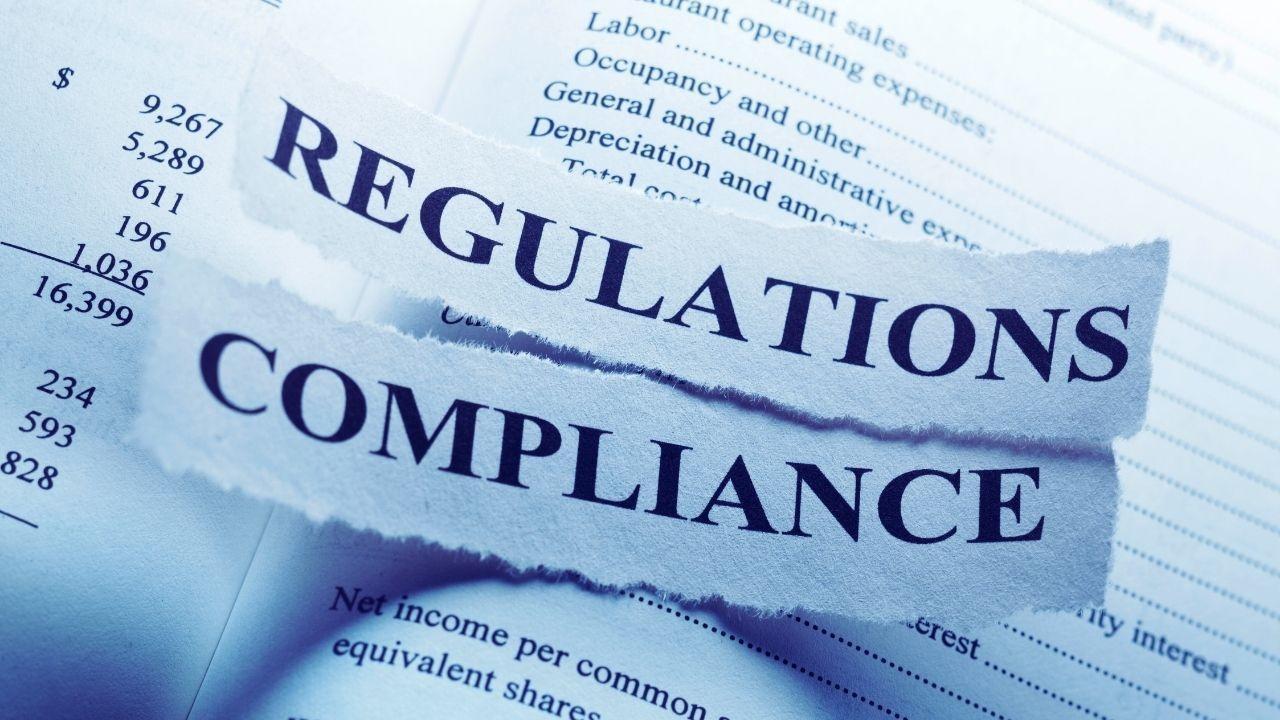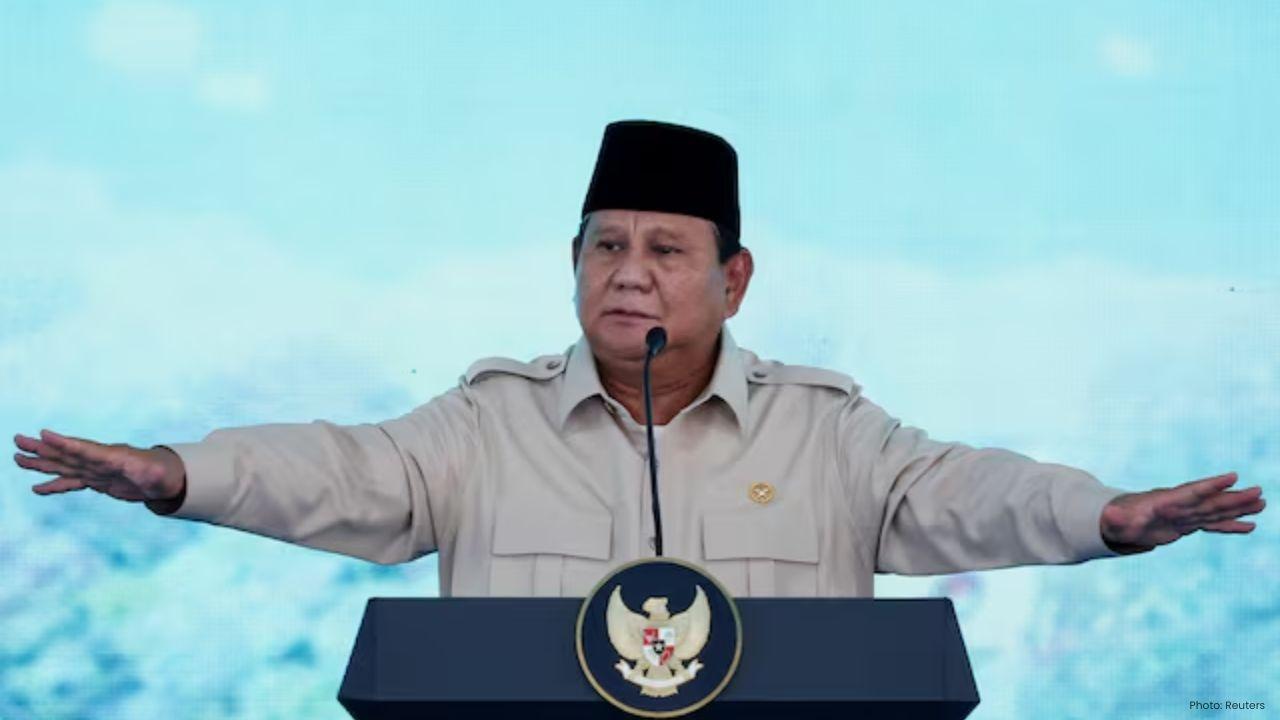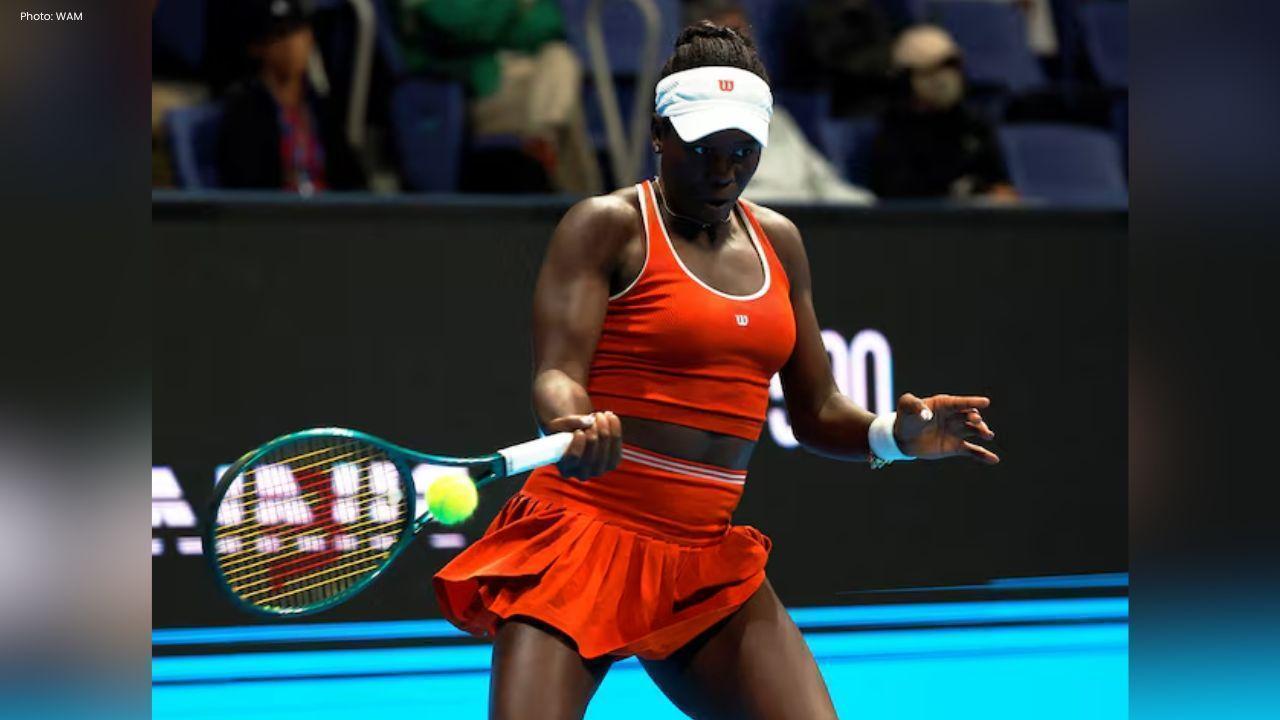
Post by : Anis Al-Rashid
In recent years, generative AI tools have transitioned from being mere novelties to mainstream creations. This includes everything from synthetic images to machine-generated narratives. The shift from a science fiction concept to everyday occurrences raises pressing questions about ownership and authorship.
Yet, as technology progresses, the surrounding legal frameworks have struggled to keep pace. As we step into 2025, the debate on ownership and creator protection intensifies—especially as clones become commonplace.
Synthetic media encompasses algorithmically generated content which includes images, video, audio, and text, largely driven by AI. The potential for creativity is immense, but it poses challenging questions:
Who claims authorship when a model reproduces a new image from existing artworks?
What rights does an actor retain if their voice is replicated in new songs?
When a text generator occasionally uses public domain materials, is the output genuinely original?
These inquiries extend beyond theoretical musings—they impact livelihoods and redefine creative work.
Many creators express frustration as their original works are utilized without consent to train AI models that yield new, competing content. For instance, in the music industry, numerous instances of AI-generated tracks utilizing synthetic versions of famous artists have been reported. Additionally, rights holders in Europe have voiced concerns about the appropriation of their content by AI firms.
As a result, artists feel they are losing grip on their creations, with the power dynamic shifting away from originality as more derivative synthetic works emerge.
Traditional copyright laws offer protection grounded in human creativity and originality. Yet, generative AI complicates these principles:
Many outputs from AI may lack the necessary human input to qualify for copyright protections.
Using copyrighted materials for AI training without authorization risks legal action, as demonstrated by lawsuits against image generator companies.
Regulations are changing, with countries like India introducing laws mandating that synthetic content is clearly labeled.
Essentially, legal systems are struggling to keep up with rapid technological advancements.
The established chain of rights in the traditional creative process is transforming. In the age of synthetic media:
Tracing Origins: Acknowledging where outputs emerge from is crucial for assigning rights, a topic being explored by entities like the World Intellectual Property Organization.
Consent Issues: Using someone's likeness in synthetic works without approval raises numerous legal implications.
Financial Questions: It's unclear who merits compensation—originators of the works, users, or platforms distributing the outputs.
Thus, the entire creative economy is in a state of flux.
As platforms, AI services, and large data collectors become dominant players, they offer product services such as voice or video cloning and create pipelines from prompts to assets. This shift poses significant challenges for independent creators who risk becoming mere data sources.
Strategic adjustments for media publishers and creatives include:
Licenses expanding to cover all expectations around model training and derived rights.
Adapting business models that safeguard against synthetic replicas.
Leveraging distinct creative attributes as a competitive edge.
The Ministry of Electronics & Information Technology has initiated proposals for the 2025 IT Rules, requiring rigorous labeling of synthetic content on social media platforms.
Draft definitions surrounding synthetic content aim to ensure clear indications based on display space or duration.
A recent WIPO discussion highlighted how international IP laws require adaptation to address complexities in synthetic media.
Unions are gearing up for potential protests over how actors' likeness is handled in AI-generated formats.
Entertainment giants like Disney have initiated legal proceedings against AI firms over alleged copyright infringements.
These developments illustrate an urgent need for regulations and legal frameworks to keep pace with innovation and creator expectations.
For those in the creative domain, consider these strategic initiatives:
License Mapping: Verify if your contracts account for synthetic usage rights.
Metadata Management: Ensure you manage data that links usage back to authentic creators.
Labeling: Collaborate with platforms to guarantee clear visibility on synthetic content.
Right Management: Secure permissions effectively surrounding your likeness and voice.
Prioritize Authenticity: Reaffirm the importance of human context, standpoint, and creativity.
Stay Updated: Be proactive about evolving regulations, particularly those affecting India.
Innovate Business Models: Explore new commercial avenues to ensure sustainability amidst saturated synthetic markets.
Content Oversaturation: Unregulated synthetic content may lead to revenue loss for genuine creators.
Trust in Media: Lack of transparency may impair audience trust, affecting reputations.
Legal Compliance: Diverse legal systems could complicate enforcement globally.
Quality Concerns: A market flooded with cheaper synthetic works could devalue authentic creativity.
Bias and Legal Risks: AI’s potential biases or illegal content use presents significant risks.
Provenance Metadata Norms: Expect embedded 'origins' in synthetic creations.
Transparency Labels: Platforms will require clear indications of AI involvement in content.
Rights Management: Licensing practices will shift to encompass both input and output considerations.
Creator-Centric Models: Future frameworks will prioritize compensating original creators appropriately.
Value of Human Creativity: As machines replicate style, the necessity for distinct human elements will only grow.
The emergence of synthetic media in 2025 marks a pivotal shift—not due to the potential replacement of human creativity but by redefining ownership, authorship, and value. Creators are no longer independent producers but integral parts of evolving ecosystems that define rights and revenues.
While the journey presents challenges, it equally opens doors for innovation in transparency and brand authenticity. Though clones can mimic output, they cannot replicate your original voice, context, or narrative. The future demands that our creative roles adapt alongside technological advancements.










Paramount+ Secures Five-Year Rights to PBR's "Unleash the Beast"
Paramount+ will stream PBR's "Unleash the Beast" live for five years from December; CBS keeps limite

Zohran Mamdani Elected New York City Mayor; Victory Celebration Features Bollywood Hit
Zohran Mamdani wins NYC mayoralty, the city's first Muslim and South Asian mayor; victory rally even

Nita Ambani Cheers India’s Women’s World Cup Triumph
Nita Ambani celebrated India’s Women’s World Cup win with grace and elegance, cheering proudly in st

Victoria Mboko Wins Montreal and Hong Kong Titles
Teen tennis star Victoria Mboko wins Montreal and Hong Kong titles, defeating Grand Slam champions a

Suns Defeat Spurs 130–118, Booker Leads with 28 Points
Devin Booker scored 28 points and 13 assists as the Phoenix Suns ended the San Antonio Spurs’ unbeat

Wolves Remove Coach Pereira After Poor Premier League Run
Wolverhampton have dismissed manager Vitor Pereira after failing to win any of their first ten Premi